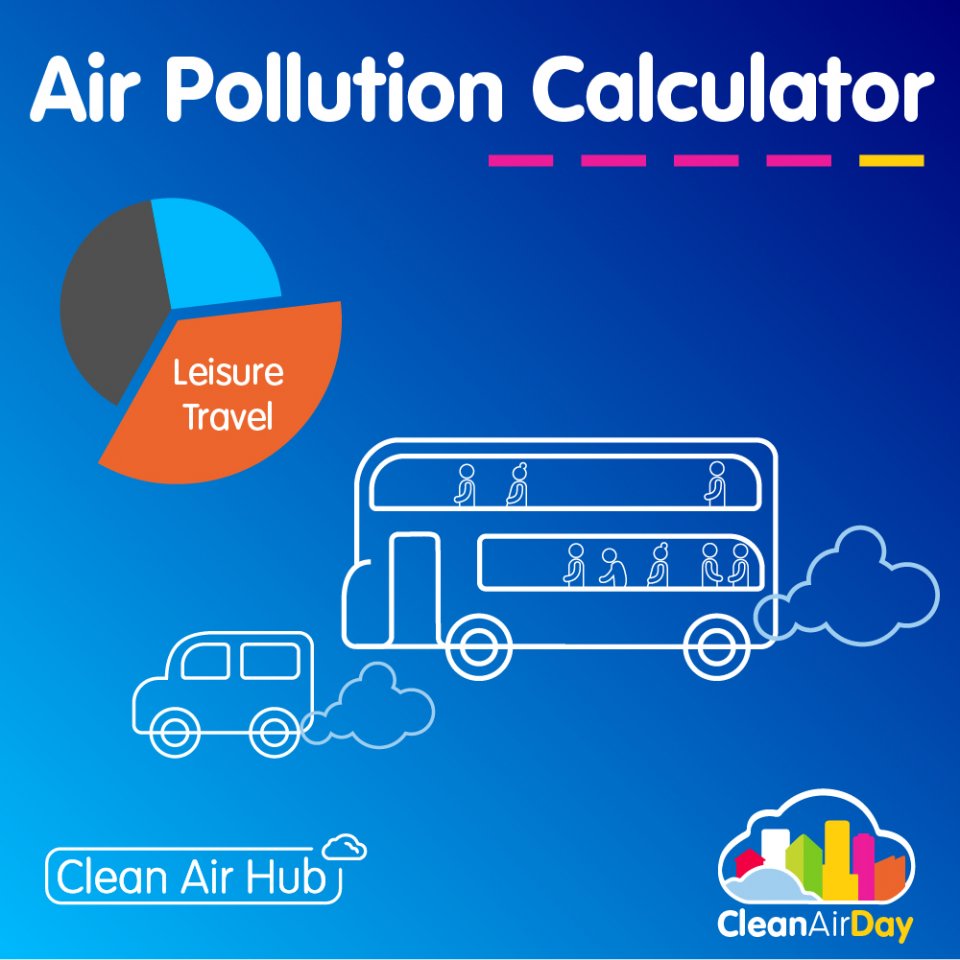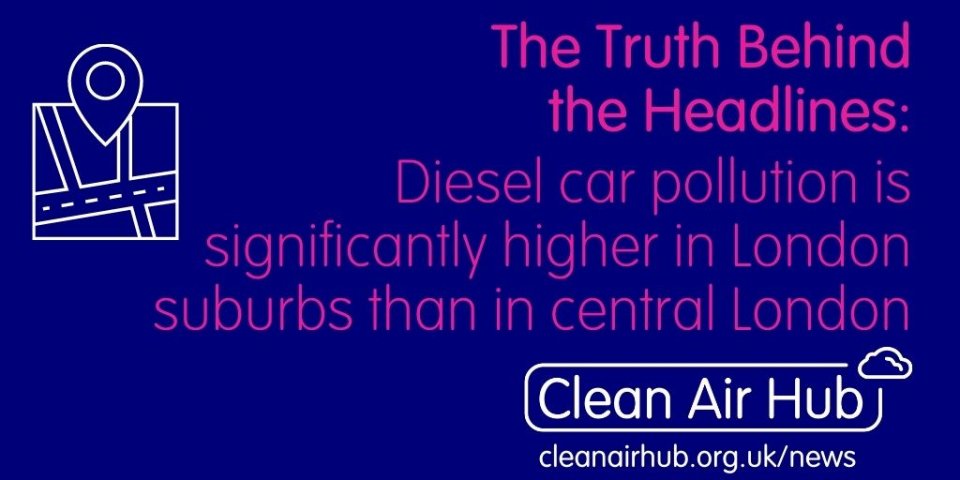News & Stories
The media recently reported that a study of nitrogen dioxide (NO2) in London has shown that levels have dropped dramatically since 2016. NO2 is an air pollutant which is commonly associated with vehicle emissions, particularly diesel vehicles, and has been proven to have many adverse health impacts such as causing a range of respiratory complaints and worsening existing heart and lung diseases.
It was reported that the number of people living in London in areas with illegal levels of nitrogen dioxide had fallen by 94% between 2016 and 2019, with the number of London schools experiencing illegal levels going from over 450 in 2016 to just 14 by 2019 (a 97% reduction). In that same three-year period, it was reported that the number of people living with illegally polluted air had fallen from an estimated two million to 119,000. Roadside NO2 in central London also recorded a drop, of 44% between 2017 and early 2020, and that decrease did not include any further impact from the COVID-19 lockdown.
The improvements in air pollution have been attributed to various measures (policies) that were implemented by the Mayor of London during this time, including the ultra-low emissions zone (ULEZ), phasing out of diesel taxis and the introduction of low-emission buses.
Using our recommended five tips, Global Action Plan reviewed the study:
| Questions to ask to get to the truth | Our response |
| 1. Does the article refer to a report to back up its claims? |
The article refers to a report by the Mayor of London’s office entitled ‘Air Quality in London 2016-2020’ which was published in October 2020. |
| 2. Who is behind the study it refers to? |
The study was commissioned by the Mayor of London and reviewed by scientists in the Environmental Research Group at Imperial College London. The group runs a network of air quality monitors across London which are used for modelling and to inform the general public about their local air pollution. |
| 3. How fantastical and radical is the claim that is being made? |
The statistics quoted about pollution reductions were based on data recorded by monitors in the London air quality network which means that the report findings have a solid evidence-base. These data were also modelled to estimate the impact of the Mayor’s measures to reduce air pollution. This means that the evaluation of measures is based on modelled trends (e.g. to compare what might have happened without the measures). The report makes it clear what modelling was carried out and which recorded data were used, so the conclusions were made following an appropriate procedure.
|
| 4. What geographical region does the claim refer to? |
London |
| 5. What is the sample size of the study? |
The researchers used data recorded constantly at roadside and urban background monitoring sites across London (central, inner and outer). They recorded nitrogen dioxide (NO2) at 122 sites, particulate matter (PM10) at 112 sites and fine particulate matter (PM2.5) at 39 sites.
|
Want to talk to us about any of our projects? Please get in touch with us here.








